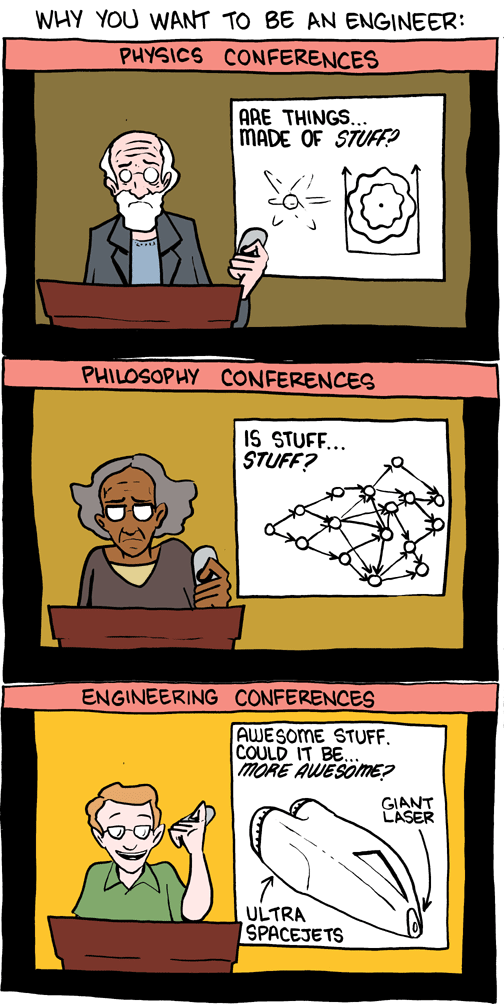Honestly, the world would be much better off if the lib arts types took a more engineering approach to the world. In engineering, there might not always be a “right” answer, but there are almost always very definitely wrong answers. And sometimes, there *are* stupid questions. Consider:
Ummm… how is this even a concern?
The author of the piece, one James Dawes, director of the Program in Human Rights at Macalester College in St. Paul, Minnesota, seems to be one of those who ulcerates publicly for a living. Consider:
There is only one good reason to denounce a group as evil — because you plan to injure them, and calling them evil makes it psychologically easier to do so.
Errrrmmm… no. The world is *full* of evil people. Check out the nearest supermax or the nightly news. Are we planning on injuring them all? Nope. For example, I have precisely zero interest in injuring Hitler, what with him being dead and all, yet I can recognize that he was evil. Speaking of which…
The Wall Street Journal editorialized that this evil ideology will only be stopped when “enough of its fanatics have been killed.” But if we’ve learned anything as a nation since our “shock and awe” campaign in Iraq, it is this: While invasions and bombing can be effective in the short term, they are not durable solutions to terror-based violence.
You know, how was the Nazi regime ended? By dropping vast numbers of bombs and pissed-off Russians on them, that’s how. And we called the Nazis evil, then and now.
What this professional yammerer seems to not be able to grasp is that recognizing that someone is evil and calling them that does *not* preclude you from attempting to understand their motivations. What calling them evil *does* do is force you to not simply shrug off what they’re doing.
That’s the problem between STEM thinking and lib arts thinking, I think. Engineers and scientists want to find the answer. Here it is, quantified, in black and white with the data to back it up. The lib arts seem to favor a squishy ‘no wrong answer” worldview. That’s what makes STEM harder: there *is* a wrong answer. An infinite number of them, in fact.
“I’ve contracted ebola. Should I visit the western doctor, or the acupuncturist, or the chiropractor, or the faith healer, or the shaman?”
“Someone is shooting at me. Should I call the cops, or duck, or run away, or shoot back, or run towards them screaming wildly, or hold up a white flag and try to engage them in philosophical debate, or just stand up and turn the other cheek, or purple monkey dishwasher?”
“We seem to have an energy shortage. Should we build new advanced nuclear powerplants? Or shut down the ones we have? Or encourage conservation while also encouraging mass immigration?”
Some answers *may* be wrong. Some answers *are* wrong.
Fortunately, there may be another possible way to deal with ISIS than by sending in our own troops. It is summed up in this Fark.com headline from today:




